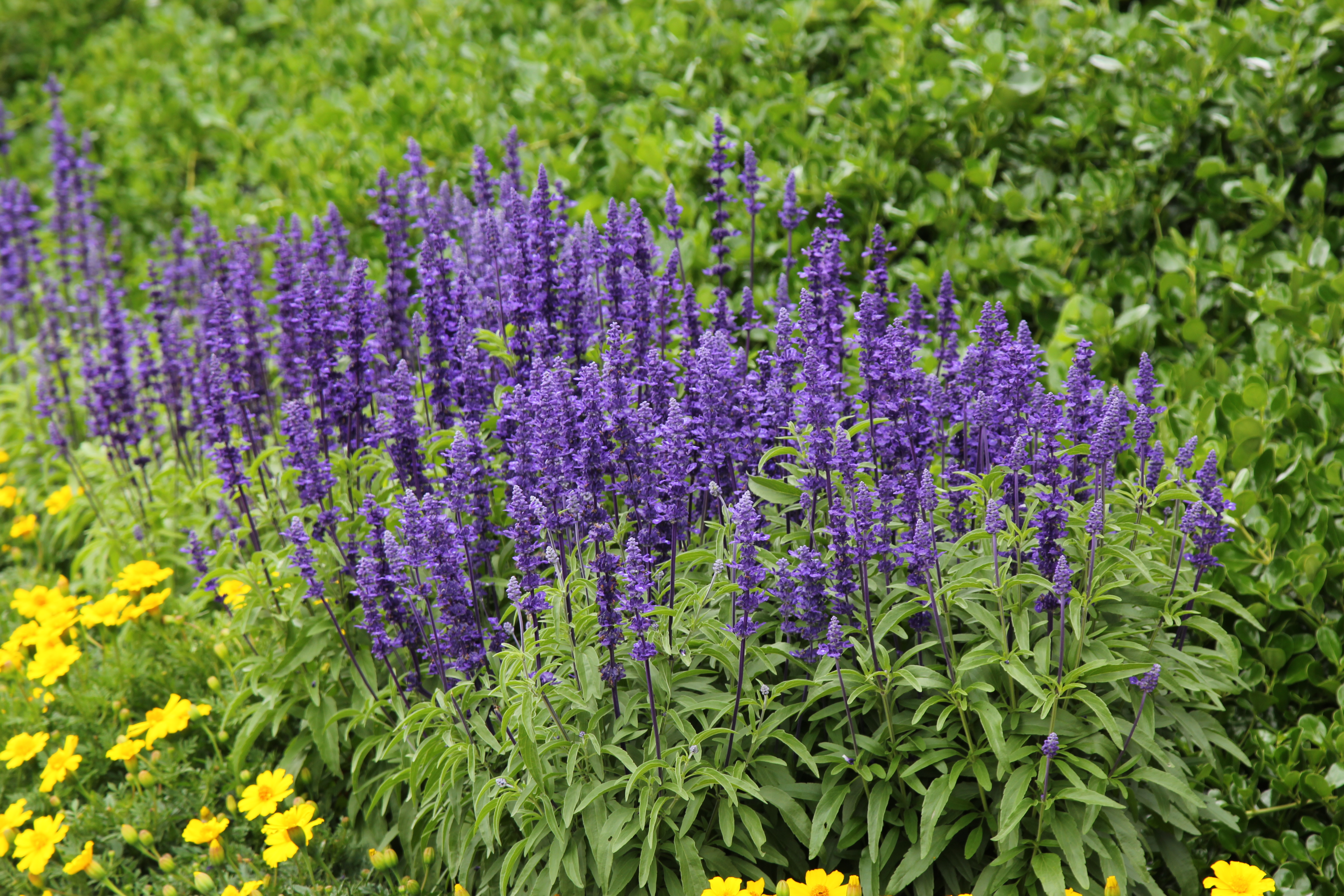Physical characteristics
This salvia is a tender
Flowers and foliage
Small dark
Preferred site
Plant in
Preparation for planting
Prepare the planting site when soil is moist and easily worked after the first rains in autumn. This way the soil is still warm so the
With suitable preparation and care,
Maintenance tips
Apply mulch
In autumn or spring softwood cuttings can be taken as the older
Most salvias require well-drained soil and are ideally suited to growing in semi-shade in Auckland gardens. Occasional irrigation during prolonged
This salvia should be pruned to a quarter of its original height after flowering or in spring in cooler frost prone areas. Minimal deadheading is requi
Ecological and biodiversity benefits
Attracts bees.
Pests and diseases
Infrequent but can get spider mite,




.jpg?width=1200&height=1200&v=1d4024dceb89e50)

.jpg?width=1200&height=1200&v=1d5569224d63650)
 .jpg?width=1200&height=1200&v=1d4024df6ce2770)
.jpg?width=1200&height=1200&v=1d55676a892f2b0)
 .jpg?width=1200&height=1200&v=1d4024e3b65f7f0)